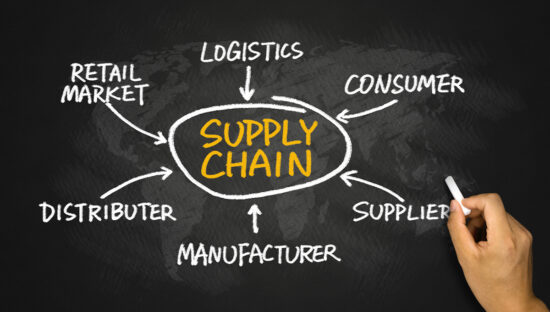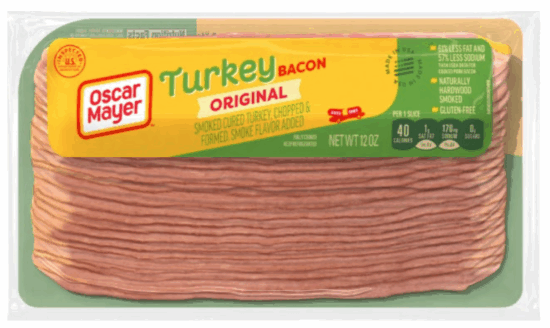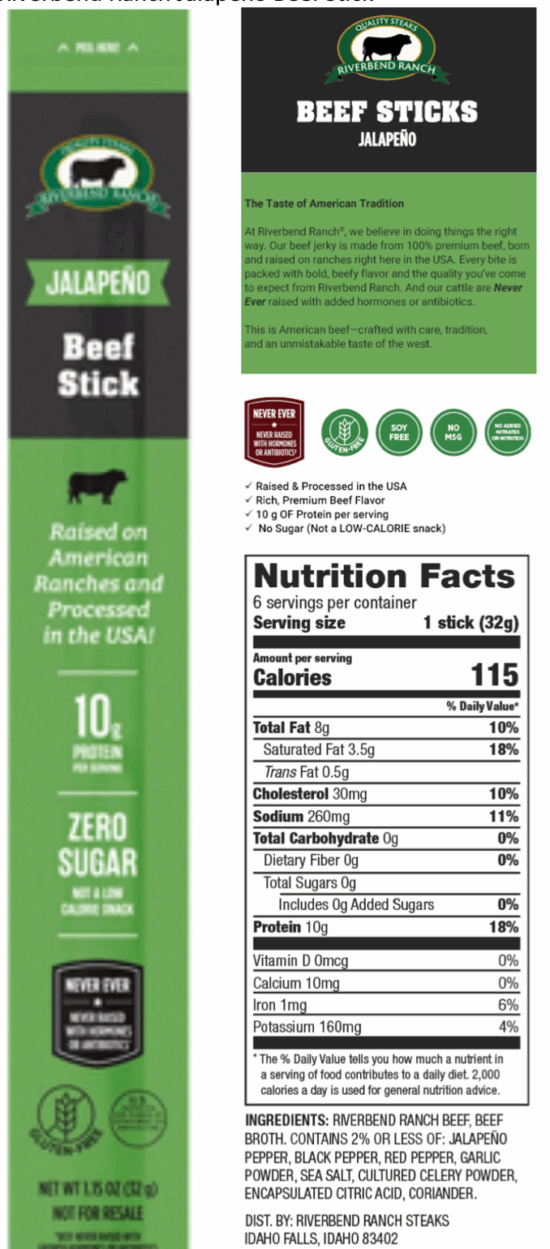Co-authors: Roger Hancock, CEO of Recall InfoLink, and Gillian Kelleher, president and CEO of Kelleher Consultants LLC.
— OPINION —
On July 9, the FDA issued a renewed call to action urging food industry leaders to streamline and enhance product recall communications. The stakes are high: foodborne illnesses tied to delayed or unclear recalls continue to impact tens of thousands annually – many of them infants, children, and immunocompromised individuals. The message is clear: communication during recalls is not just a regulatory requirement, it is a public health imperative.
For many in the food industry, the urgency is not new. Too many outbreaks remind us that the cost of delayed recall communication is measured in more than dollars – it’s measured in lost trust, hospital visits, and even lives. Investing in better recall communication now is far less expensive than the public health and brand damage companies face when recalls go wrong.The shortcomings of today’s recall processes – particularly around fragmented communication and data inconsistency – have long been recognized. But momentum towards change is building. As the steering committee of the Alliance for Recall Ready Communities, representing members from across the industry, we are actively working to define and deliver what that future should look like.
Building a practical model
We agree that the industry can continue to improve processes for removing defective products from the supply chain more effectively. The need for faster, clearer communication during recalls is long-standing, and we are committed to addressing it. But the solution cannot come from industry alone. Systemic improvement will also require meaningful updates to regulatory processes – particularly in areas like classification speed and data management – that currently hinder timely, coordinated action.
In this particular initiative, we are counting on the FDA to modernize its own infrastructure and processes. Antiquated systems limit the agency’s ability to act on information, just as outdated tools slow industry’s ability to provide it. This isn’t an either-or situation – it’s a shared responsibility. Everyone involved must address known gaps to achieve progress that protects consumers.
The Alliance for Recall Ready Communities was created to help lead that progress. We’re developing practical solutions in three core areas: supply chain process, standardized data, and modernized simulation. Our goal is an actionable model that companies across the supply chain can use to build a strong, collaborative recall process. We’ve established an open line of
communication with the FDA and USDA throughout this effort.
At the heart of this model is communication. We view recall communication as an operational imperative powered by technical capability: the ability to send tailored information to the right party in the right format at the right time. That requires clarity about both affected products andstakeholders, a common structure for recall data, and joint practice among trading partners.
Ultimately, effective communication must reach the consumer in a way that enables them to take protective action. Clear, timely information that helps people make safe decisions at home is the final step in any successful recall.
The Alliance brings together voices from every corner of the food system – including manufacturers, retailers, distributors, foodservice, industry organizations, public health advocates, insurance representatives, and regulatory experts – creating a rare opportunity for alignment across the full supply chain. Conversations with both the FDA and USDA remain ongoing as we develop tools to strengthen recall communication. Our goal is to complement and amplify regulatory improvements, and the work of other organizations such as STOP and AFDO, with practical solutions that reflect how the industry operates day to day.
What industry needs in the short term
The FDA’s letter rightly identifies several near-term priorities: improving the clarity and speed of public-facing communications, enhancing data accessibility and filtering for sensitive food categories, and evaluating the effectiveness of current communication protocols. These are public-facing outcomes, but they depend on operational capabilities inside the supply chain. Of critical importance for consumers is both the content of the messaging and the channel of delivery.
For industry, the challenge lies in how product recall data is structured, shared, and acted upon. Many companies still rely on a patchwork of emails, PDFs, and proprietary systems that were never built for fast, precise, and scalable communication. Without foundational data improvements, efforts to refine public access and classification timelines will continue to be
limited by upstream inefficiencies.
We’ve heard the call for better data standards for years. What’s needed now is alignment – not just agreement that data is important, but consensus on which data, in what format, and how it moves between stakeholders. That’s where our work on standardized recall data comes in, leveraging existing frameworks like GS1 and identifying gaps where operational needs remain unmet.
The broader goal: Recall Ready Communities
In the long term, recall communication cannot improve without meaningful collaboration between regulators and the private sector. Technical systems must reflect real operational workflows, not theoretical models. Solutions must be designed with – and for – the companies that use them daily.
Supply chain complexity is increasing and our preparedness needs to match it. This is why Recall Ready Communities are key. We are not proposing a new mandate. We are building a new model – a shared framework that treats recall communication as a core operational function and public responsibility.We share the FDA’s urgency and trust that they will join us in making the necessary updates to better support modern recall execution. Through collaboration, transparency, and technical alignment, we can significantly reduce the impact of food recalls on public health and rebuild the trust that consumers place in the food supply.
To learn more about the Alliance for Recall Ready Communities, visit www.recallreadycommunities.org
(To sign up for a free subscription to Food Safety News, click here)



